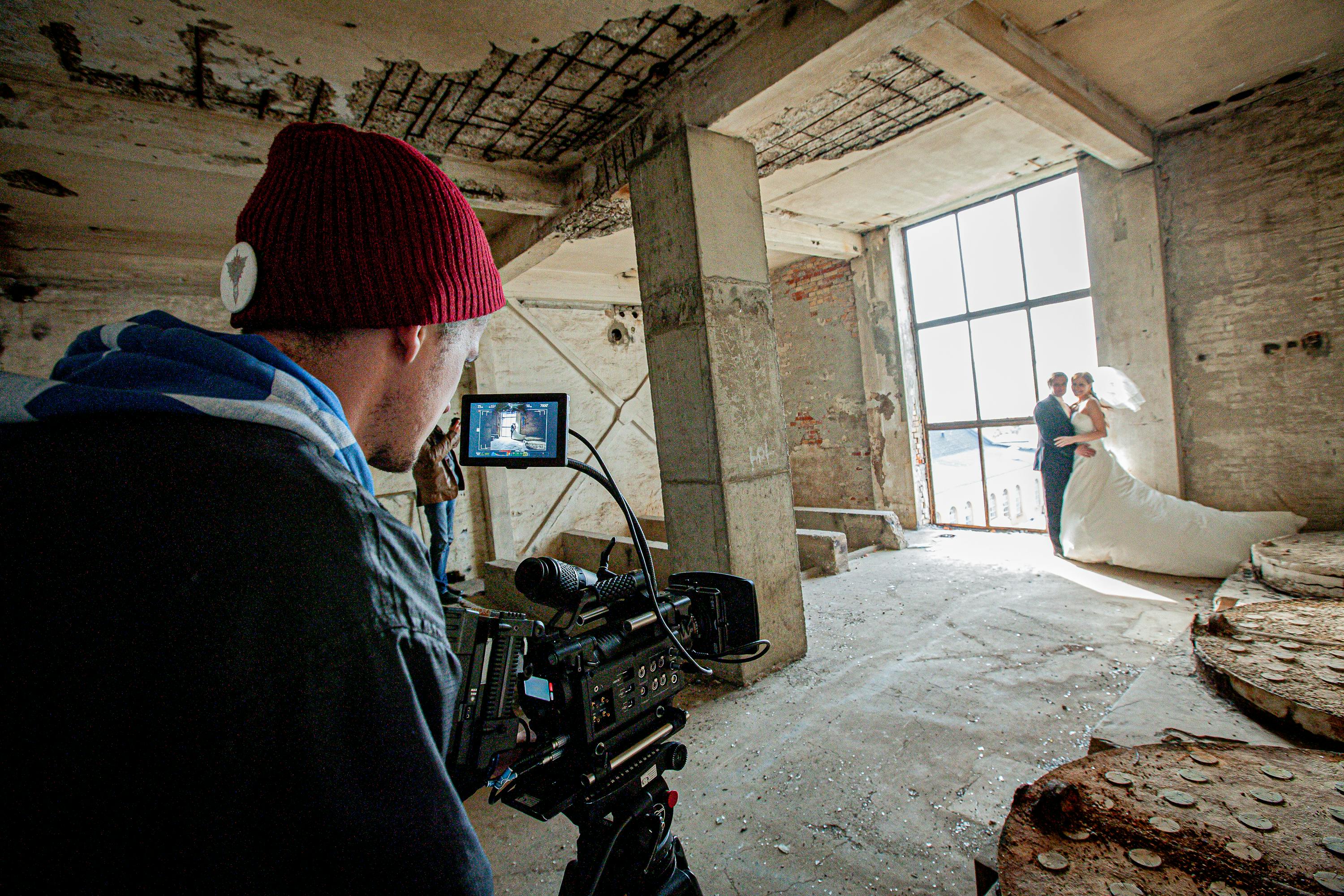1. Google your ancestors.
The “genealogy google search” only requires internet access and some information about your family tree. Take advantage of Google’s ability to combine search terms and find exact sentences. Enclose the name of an ancestor in quotation marks, plus a location (as in “sampson doyle “” hamilton ohio). Be specific about the place, you can always broaden your search. Also try using initials and nicknames, putting the last name first and Googling the names of two suspicious spouses, each in quotes.
2. Look inside the books.
Use the same search strategies as above, but this time with Google Book Search. Not all books that can be searched here can be previewed in total on the screen. Google “snippets” give you access to just a few lines of a book; you may still need to look up the actual title at a used bookstore or library.
3. Check your DNA.
Use your lunch break to order a test kit from a genetic genealogy service. Once the kit arrives, you can rub your cheek, package the sample, and take it to the mail room, with most of your lunch break still left. When you get the results, spend another lunch searching the DNA databases for matches.
4. Download digitized military records.
Online genealogy sites offer key information about the Revolutionary War and a growing number of Civil War records, as well as selected files from other conflicts. You can view bounty land clearances, Civil War POW records, WWI and WWII registration cards, and more.
5. Request a death certificate.
Another task you can do at lunchtime is request (and perhaps download) a death certificate. Obtaining an ancestor’s death record typically requires writing to the appropriate government agency (for a fee) and then waiting. First, link to the vital records office in the state where your ancestor died. Verify that the deaths were recorded at that time and follow the instructions to make a request (you may need to contact the state archives or county vital records office).
But maybe your ancestor’s record is online. Missouri, for example, lists deaths from 1910 to 1957 with links to certificate images. Arizona offers a database of deaths (1844 to 1957) with PDF files of the certificates. Several states, such as Minnesota, Wisconsin, and Ohio, have online death rates, as does Chicago’s Cook County.
6. Interview a family member.
Lunchtime is perfect for a local family call or to schedule an appointment for a longer call or visit. Your conversation with Aunt Ethel may focus on her favorite family stories. You might even have some questions ready.
7. Request microfilm records.
If your office is near a Family History Center, you have time to order microfilmed records (about $ 5.50 per roll) from the Family History Library (FHL) in Salt Lake City. If you’re too far away, use your noon break to plan your next foray into microfilm by searching the FHL online catalog. I like to start by clicking on the place search and entering a place name to see the available records. When you find something useful, click View Movie Notes for the movie number, then take it to an FHC after work.
8. Join a genealogical or historical society.
We’re not just talking about your local group – membership in a society for the area you’re researching (at the state or county level, or both) can pay off. Many societies have database websites and message boards that allow you to request publications, inquire about local cemeteries, get insider tips on how to get around the courthouse fire, and see if someone can do a quick record search. Link to societies nationwide from the Federation of Genealogical Societies website, Cyndi’s List, or the USGenWeb state and county pages.
9. Watch, listen and learn.
Grab headphones and eat your lunch while improving your genealogy IQ. On Roots Television, you can watch expert interviews, documentaries, genealogy lectures, how-to videos, and more at your convenience. Also browse the Family Tree Magazine video channel for demos, library tours, and more. Then tune in to a podcast packed with tips like GenealogyGems, the Genealogy Guys podcast, or our very own Family Tree magazine podcast.
10. Make new genealogical friends.
Social networking sites like Geni and FamilyHistoryLink are a hot trend in genealogy. If your Facebook page is already keeping you busy, add a genealogy app like FamilyBuilder’s Family Tree to your profile. Most genealogy sites allow you to store and share your family trees; You can even forgo traditional genealogy software. Use network features to collaborate with family members and other researchers, share discoveries, post family photos, and plan meetings.
11. Use the library.
You probably have a list of research to-dos that you can tackle a few at a time during your lunch hours at a nearby library. But you can also put that library card to work remotely – many library systems allow users to access databases from home (or office) simply by typing in a valid card number.
12. Update your family tree.
Websites like Ages-Online, Ancestry Member Trees, Family Pursuit, and Shared Tree let you do without boxed genealogy software and build your tree online. In addition to protecting your family files in the event of a computer crash, storing your family tree remotely means you can access your information from anywhere.
13. Make a backup copy of your family tree files.
If you brought your digital data to the office, lunchtime is the perfect time to back up your hard work. You can get an external hard drive for about $ 100. Just plug it into your computer’s USB port and drag in your files. Another option is to back up online. Free services that offer modest amounts of web-accessible storage space have proliferated rapidly; some of the better known include 4Shared, Dropboks, and Openomy.
14. Read a blog.
Lunch is a perfect time to catch up on news, links, and chat on your favorite genealogy blogs, like the Family Tree Magazine Blog.



